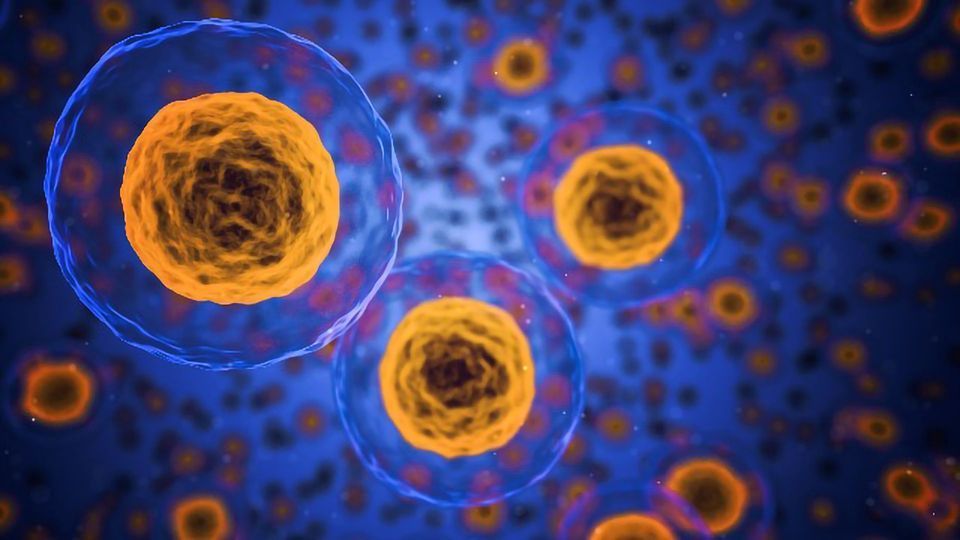A Cheaper Way To Study the Immune System, One Cell at a Time

Complete the form below to unlock access to ALL audio articles.
Your immune system is dizzyingly complex. It’s a vast network of billions of specialized cells, all toiling in perpetual motion to keep you safe and healthy.
Recently, scientists have developed powerful tools to help identify which cells are doing what. These advances are yielding new insights into how the immune system interacts with diseases like cancer — insights that could one day help improve treatments. But the technologies are expensive, limiting their widespread use.
Scientists at Fred Hutchinson Cancer Research Center want to help bring these tools to the masses. A study published Tuesday in the journal Cell Reports describes a new way of analyzing single cells that can be up to five times cheaper than existing methods. The authors also describe a new analytical tool to help visualize the vast amounts of data generated by these single-cell experiments.
“We’re working on making these techniques, which tell us a whole lot about how the immune system works, more affordable and easier to interpret,” said study co-author Dr. Florian Mair, a postdoctoral research fellow at Fred Hutch.
The study involves a method called single-cell RNA sequencing. It lets scientists measure which genes are turned on in thousands of individual cells at the same time.
With their new approach, the study authors also combined that data with information about the proteins on the surface of the cells. Combining data on both the activity of genes and proteins is a recent development. The two datasets together help scientists create a more accurate picture of what a cell is doing than they could separately, said co-author Dr. Jami Erickson, also a postdoctoral research fellow at Fred Hutch.
But that typically comes at a cost: more extensive, and expensive, sequencing. The method the team describes lets researchers zero in only on the cellular properties they’re interested in. That targeted approach can slash the cost of sequencing up to 90%, Erickson said.
The paper also describes open-source software that can help scientists make sense out of the complex data these experiments yield, building on a tool called One-SENSE developed by Fred Hutch’s Dr. Evan Newell.
Mair and Erickson hope that the paper helps more labs adopt these powerful yet pricey tools and interpret the ensuing data. Single-cell sequencing continues to deepen our understanding of biology. Deeper insights into how tumors develop resistance to drugs, and how the immune system interacts with different tumor types, have the potential to revolutionize how we treat diseases like cancer.
Still, these techniques are not quite ready yet to be used diagnostically or therapeutically for a patient, Mair noted. They will be used in basic science labs or for clinical research.
But history has shown that techniques get cheaper, sometimes much more rapidly than anticipated, he added. And that could help bring them into the realm of patient care.
“I could imagine five years down the road, techniques like what we describe here could be relevant for personalized medicine,” Mair said.
What if doctors could get important clues for treating patients from looking at how certain cells are turning on specific genes? he mused. “You could take a drop of blood and be able to tell if the patient could respond to a certain drug. I definitely could imagine that happening, and for this it is important to generate reference data today, which was a major goal of our study. The next step is to start analyzing the cells of different patient cohorts, which will be of enormous value to predict the best treatment approaches in the future.”
Reference: Mair, F., Erickson, J. R., Voillet, V., Simoni, Y., Bi, T., Tyznik, A. J., … Prlic, M. (2020). A Targeted Multi-omic Analysis Approach Measures Protein Expression and Low-Abundance Transcripts on the Single-Cell Level. Cell Reports, 31(1), 107499. https://doi.org/10.1016/j.celrep.2020.03.063
This article has been republished from the following materials. Note: material may have been edited for length and content. For further information, please contact the cited source.

